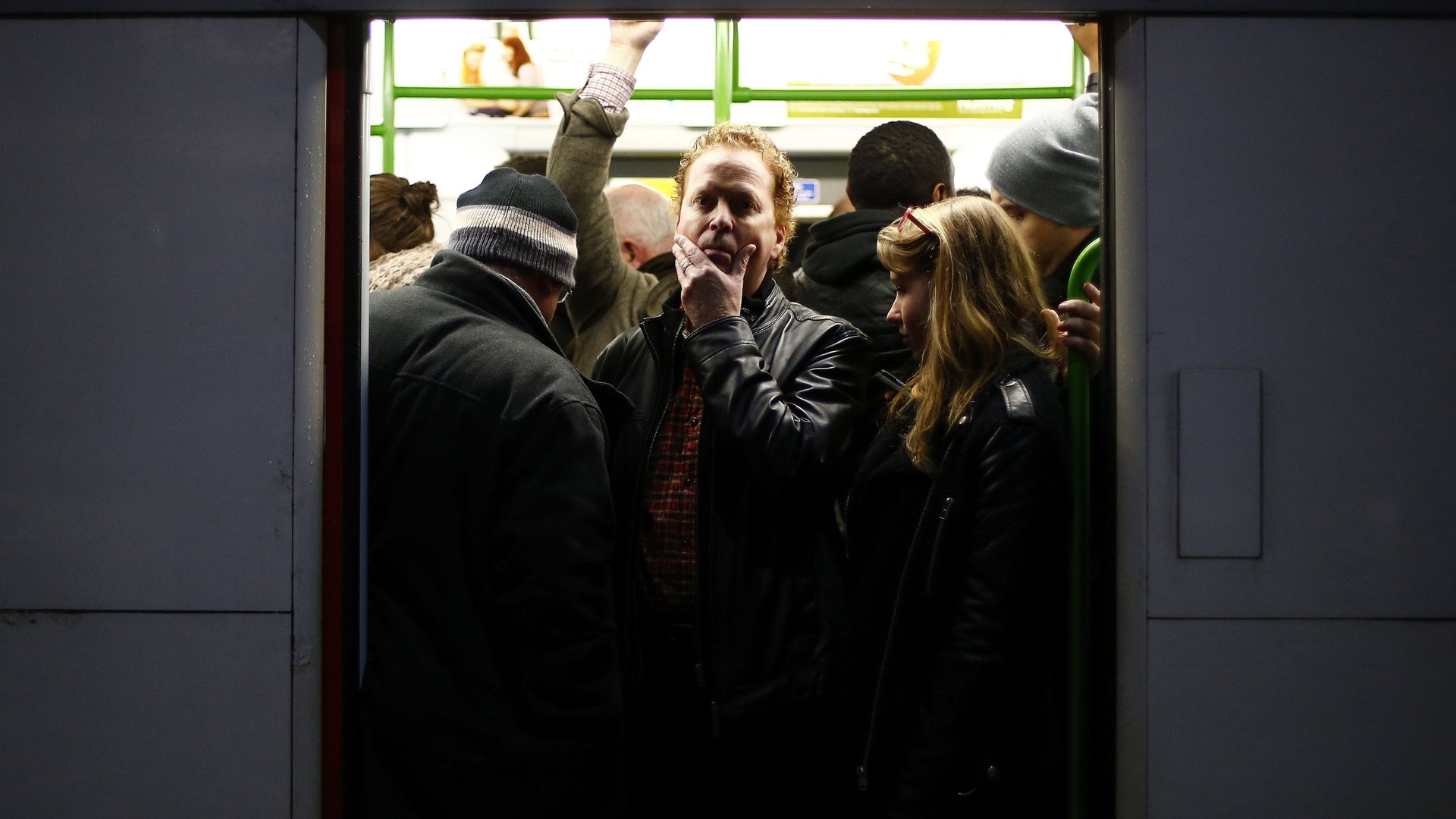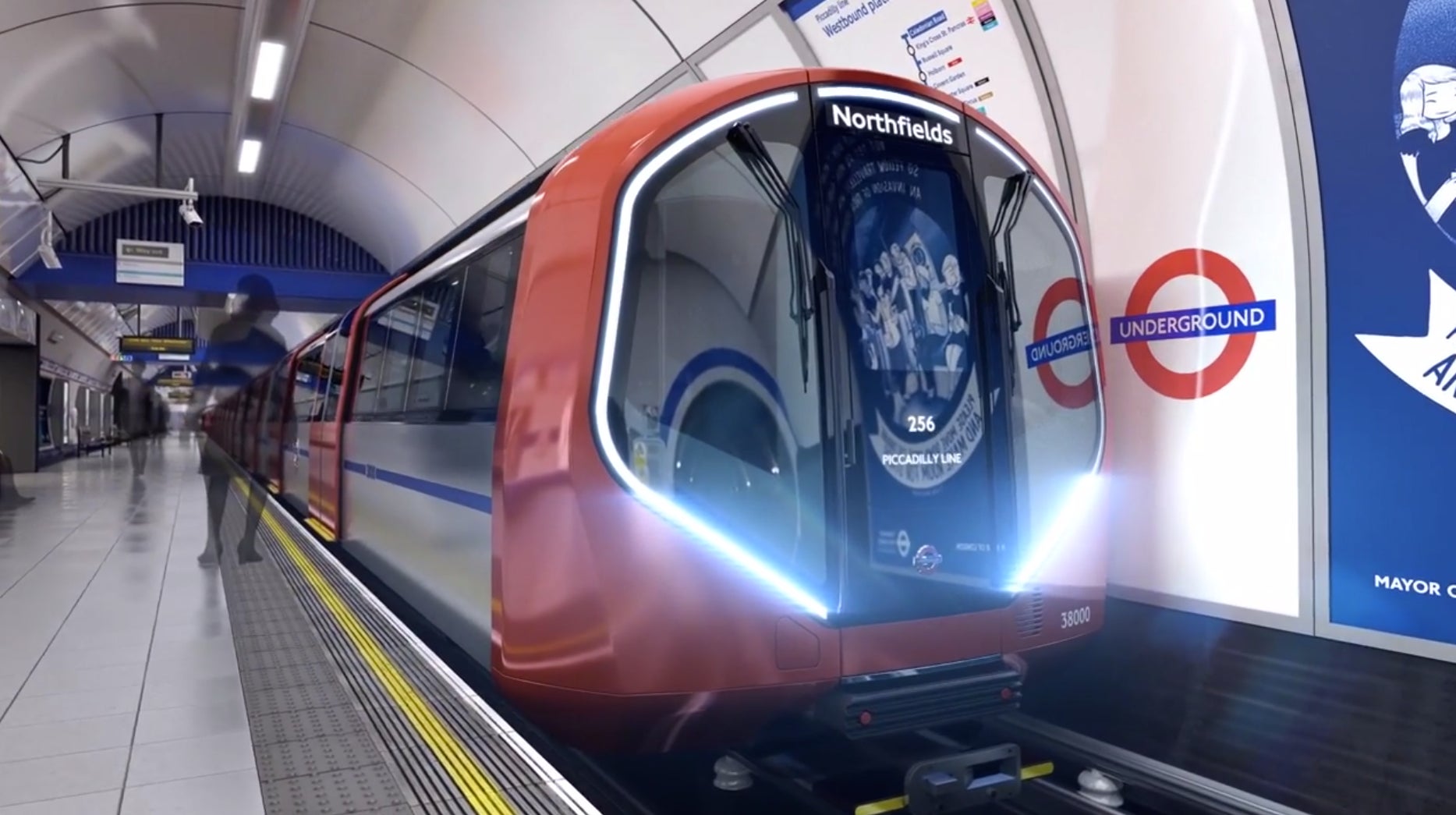London’s Tube is on its way to going driverless
Paris has had driverless trains since it upgraded its Metro cars in 1998. Sixteen years later, London is looking to do the same, upgrading 250 trains on four of its lines to become driverless in the next decade—but the move is not without controversy.


Paris has had driverless trains since it upgraded its Metro cars in 1998. Sixteen years later, London is looking to do the same, upgrading 250 trains on four of its lines to become driverless in the next decade—but the move is not without controversy.

The trains—to be rolled out on the Central, Bakerloo, Waterloo & City, and Piccadilly lines in 2022 to replace the entire stock of older trains by the mid 2020s—will initially have human drivers (unlike the automated metro networks in Dubai, Tokyo, and Barcelona, among others). And even when they’re operated without drivers, the trains will have a staffer onboard to assist passengers.
The trains are designed to be “future-proof” and last 40 years, the city’s transportation agency proclaims (London’s mayor, Boris Johnson, called them “Darth-Vaderish”), with wider double doors, air-conditioning, and Wi-Fi for smartphone users.
But big changes don’t come easily. The city’s transportation unions have vowed to go to war against these trains, citing safety concerns as well as potential job losses. They say that the Victorian infrastructure of London’s single-track underground tunnels needed skilled human drivers to maneuver through them. A spokesman for Transport for London told the BBC that no drivers will lose their jobs.
The unions have also pointed to an incident in March 2012, in which a driver’s sharp eye saved a 5-year-old boy’s life: He stopped the train when he spotted a small hand reaching up from the track.